How to untangle a necklace
Untangling a necklace can be a frustrating and time-consuming task. However, with the right techniques and tools, you can easily restore your necklace to its original, untangled state. In this article, we will explore the causes of necklace tangles, different types of tangles, how to prepare for the untangling process, various untangling techniques, and tips for preventing future tangles. By following these steps, you'll be able to enjoy your favorite necklaces without the hassle of untangling them.
Key Takeaways
- Understanding the causes of necklace tangles can help you prevent them in the future.
- Gathering the necessary tools and creating a workspace will make the untangling process easier.
- Using a needle or pin, baby powder, or oil/lubricant can help untangle stubborn knots.
- Proper storage and using jewelry organizers can prevent necklace tangles.
- By following these steps, you can easily untangle your necklaces and prevent future tangles.
Understanding the Tangled Necklace
Causes of Necklace Tangles
Necklace tangles can be caused by a variety of factors. One common cause is improper storage, where necklaces are not stored in a way that prevents them from tangling with each other. Another cause is wearing necklaces while engaging in activities that involve movement, such as exercising or dancing. The movement can cause the chains to twist and tangle. Additionally, necklaces with delicate chains or intricate designs are more prone to tangling. The fine chains can easily get caught on each other or on other objects, leading to tangles.
Types of Necklace Tangles
When it comes to necklace tangles, there are several common types that you may encounter. Understanding these different types can help you determine the best approach for untangling your necklace.
-
Knots: Knots occur when the chain of the necklace becomes twisted upon itself, creating a tight knot that can be difficult to undo. These knots often form when the necklace is not properly stored or when it gets tangled with other jewelry.
-
Chains Overlapping: This type of tangle happens when the chains of the necklace overlap each other, causing them to become intertwined. It can be challenging to separate the chains without causing further tangles.
-
Clasp Tangles: Clasp tangles occur when the clasp of the necklace gets caught in the chain, resulting in a tangled mess. This can happen when the necklace is not properly fastened or when the clasp is damaged.
Knowing the specific type of tangle you are dealing with can help you choose the most effective technique for untangling your necklace.
Preparing to Untangle
Gathering the Necessary Tools
Before you begin untangling your necklace, make sure you have the following tools ready:
- Small Needle or Pin: This will be used to carefully separate the tangled chains.
- Baby Powder: Sprinkle a small amount of baby powder on the knots to help loosen them.
- Oil or Lubricant: Apply a small amount of oil or lubricant to the knots to make them easier to untangle.
Remember to handle your necklace with care and patience throughout the untangling process.
Creating a Workspace
When preparing to untangle a necklace, it's important to create a suitable workspace. Here are some tips to help you set up your workspace:
-
Find a well-lit area with enough space to spread out the necklace and your tools.
-
Use a clean and flat surface, such as a table or a desk, to prevent the necklace from getting tangled further.
-
Consider using a light-colored cloth or towel as a backdrop to make it easier to see the knots and tangles.
-
Keep any other jewelry or small objects away from your workspace to avoid confusion.
Remember, having a well-organized and clutter-free workspace will make the untangling process much smoother.
Untangling Techniques
Using a Needle or Pin
When using a needle or pin to untangle a necklace, it's important to proceed with caution. Here are some steps to follow:
- Gently insert the needle or pin into the tangled area of the necklace.
- Slowly and carefully maneuver the needle or pin to separate the tangled chains.
- Be patient and take your time to avoid causing any damage to the necklace.
Tip: It's helpful to have good lighting and a steady hand when using this method.
Remember to handle the needle or pin with care to prevent any accidents or injuries. If you're unsure or uncomfortable using this technique, it's best to seek professional help or try alternative methods.
Using Baby Powder
Using baby powder is a popular method for untangling necklaces. Gently sprinkle a small amount of baby powder onto the tangled necklace. The powder helps to reduce friction between the chains, making it easier to untangle. Be careful not to use too much powder, as it can leave a residue on the necklace. After applying the powder, gently separate the chains with your fingers or a small tool, such as a toothpick. Take your time and be patient, as rushing can cause further tangles. If the necklace is still difficult to untangle, you can try using other techniques like using a needle or pin or using oil or lubricant.
Here is a simple table to summarize the steps:
| Steps |
|---|
| Sprinkle a small amount of baby powder onto the tangled necklace |
| Gently separate the chains with your fingers or a small tool |
| Take your time and be patient |
Remember, prevention is key to avoiding tangles in the future. Properly storing your necklaces and using jewelry organizers can help keep them tangle-free.
Tip: Avoid using too much baby powder to prevent residue buildup on the necklace.
Using Oil or Lubricant
When untangling a necklace using oil or lubricant, it's important to choose the right type of product. Mineral oil or baby oil can be effective options. Here are the steps to follow:
- Apply a small amount of oil or lubricant to the tangled area of the necklace.
- Gently massage the oil into the knots, allowing it to penetrate and loosen the tangles.
- Use your fingers or a small tool, such as a toothpick or pin, to carefully separate the strands of the necklace.
Tip: Be cautious when using oil or lubricant on delicate or porous materials, as it may cause damage. Always test a small, inconspicuous area first.
Remember to clean the necklace thoroughly after untangling it to remove any residue from the oil or lubricant. This will help maintain the necklace's appearance and prevent any potential damage.
Preventing Tangles
Proper Storage
Proper storage is essential for preventing necklace tangles. Here are some tips to keep your necklaces tangle-free:
- Store each necklace separately to avoid them getting tangled with each other.
- Use small individual jewelry bags or pouches to store your necklaces.
- Hang your necklaces on a jewelry stand or a necklace organizer to keep them untangled and easily accessible.
Remember, taking a few extra minutes to properly store your necklaces can save you a lot of time and frustration when it comes to untangling them later.
Using Jewelry Organizers
When it comes to preventing necklace tangles, using jewelry organizers can be a game-changer. These handy tools help keep your necklaces separate and untangled, making it easier to find and wear them.
One popular type of jewelry organizer is a necklace stand or tree. This allows you to hang your necklaces individually, preventing them from getting tangled with each other. Another option is a jewelry box with compartments specifically designed for necklaces. These compartments keep each necklace in its own space, minimizing the risk of tangles.
If you prefer a DIY approach, you can also use small hooks or pegs to hang your necklaces on a wall or inside a drawer. This allows you to customize the organization system to fit your needs.
Remember, the key is to keep your necklaces separated and untangled, so choose a jewelry organizer that works best for you and your collection.
Conclusion
In conclusion, untangling a necklace can be a frustrating task. However, with patience and the right techniques, it is possible to successfully untangle even the most stubborn knots. Remember to gently work through the tangles, using tools such as needles or baby powder to aid in the process. Additionally, taking preventive measures such as storing necklaces properly can help avoid future tangles. So, the next time you find yourself faced with a tangled necklace, don't panic. Take a deep breath, follow these tips, and soon you'll have your necklace looking as good as new.
Frequently Asked Questions
How do I prevent my necklace from getting tangled?
You can prevent necklace tangles by storing your necklace properly and using jewelry organizers.
What causes necklace tangles?
Necklace tangles can be caused by various factors such as improper storage, movement, or wearing multiple necklaces at once.
How do I untangle a necklace without damaging it?
You can use techniques like using a needle or pin, baby powder, or oil/lubricant to untangle a necklace without causing damage.
Can I use any type of oil or lubricant to untangle a necklace?
It is recommended to use a light oil or lubricant such as baby oil, coconut oil, or jewelry lubricant to avoid any potential damage to the necklace.
What should I do if my necklace is severely tangled?
If your necklace is severely tangled, it is best to take it to a professional jeweler who has experience in untangling delicate jewelry.
How often should I untangle my necklace?
The frequency of untangling your necklace depends on how often you wear it and how prone it is to tangling. It is recommended to check and untangle your necklace periodically to prevent severe tangles.
Best Sellers












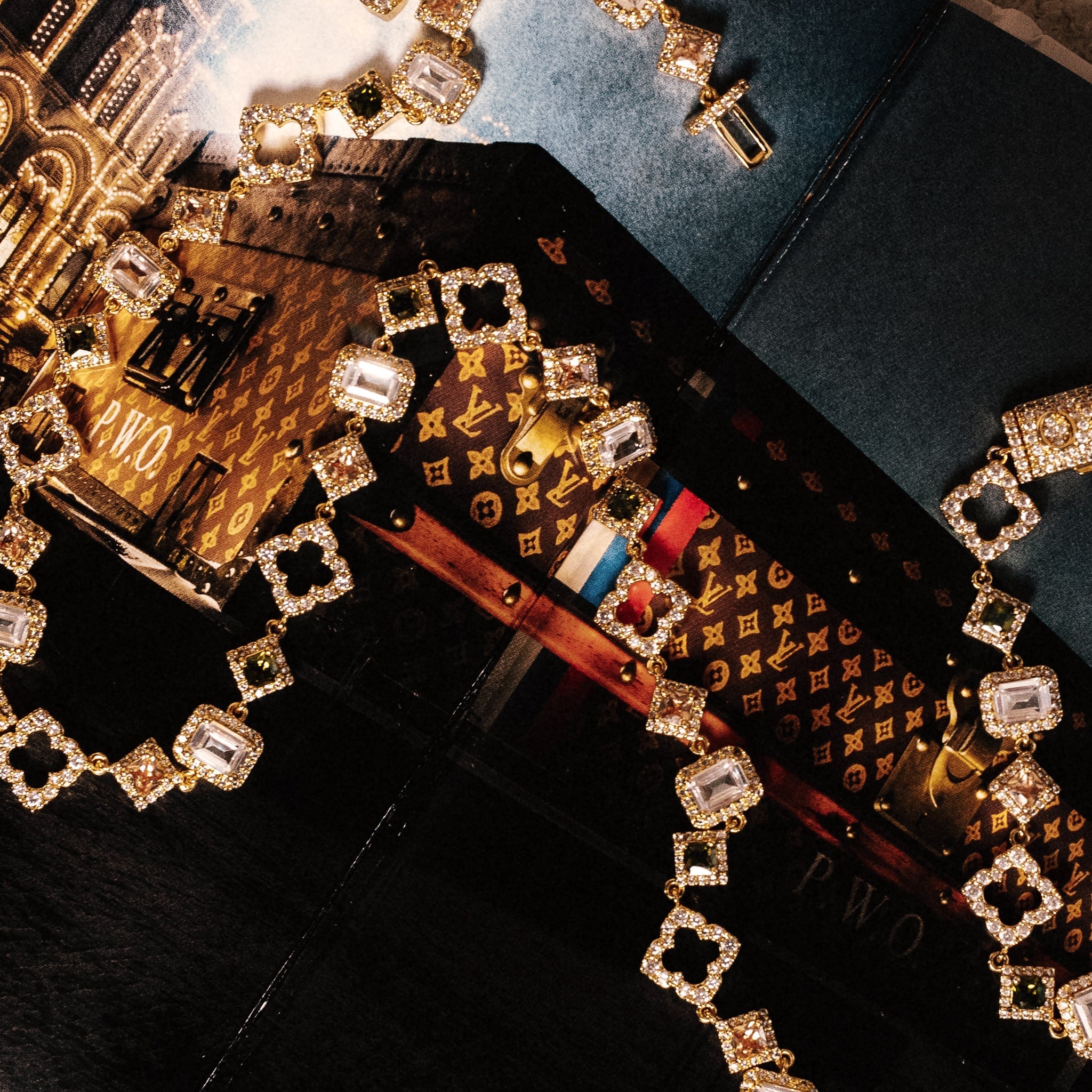

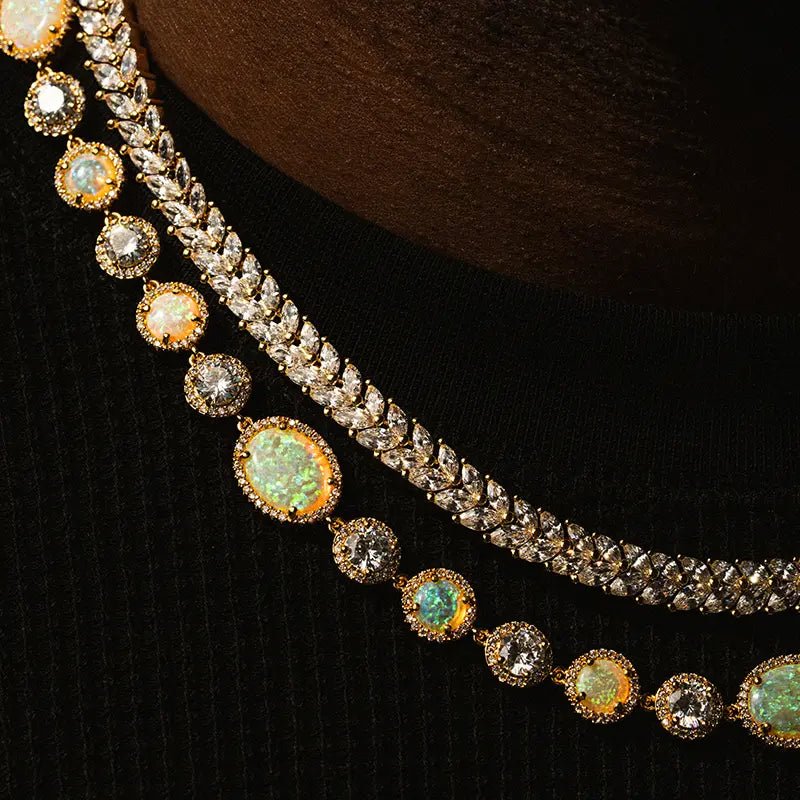
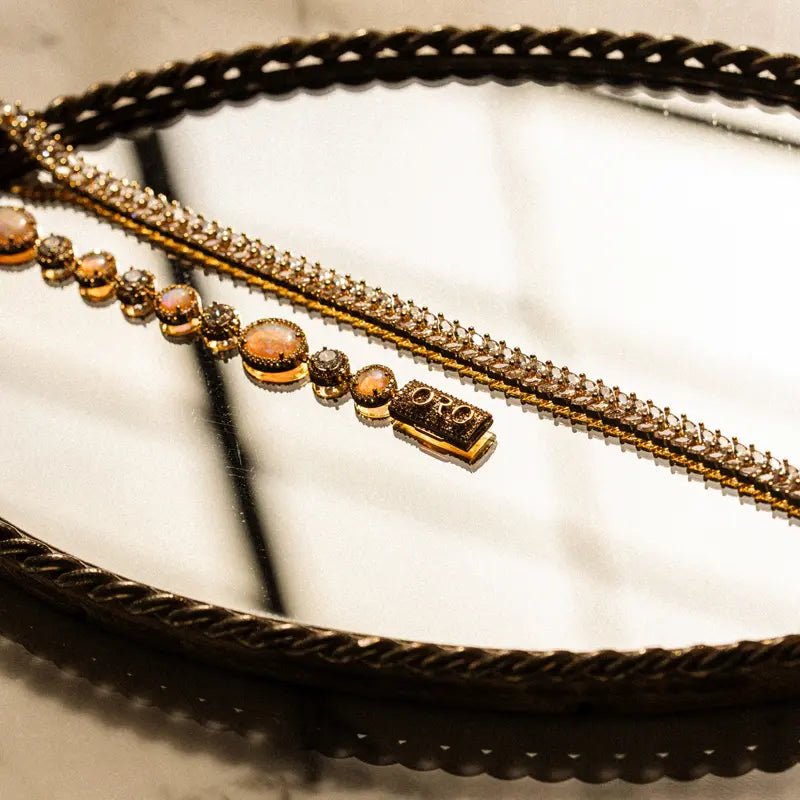
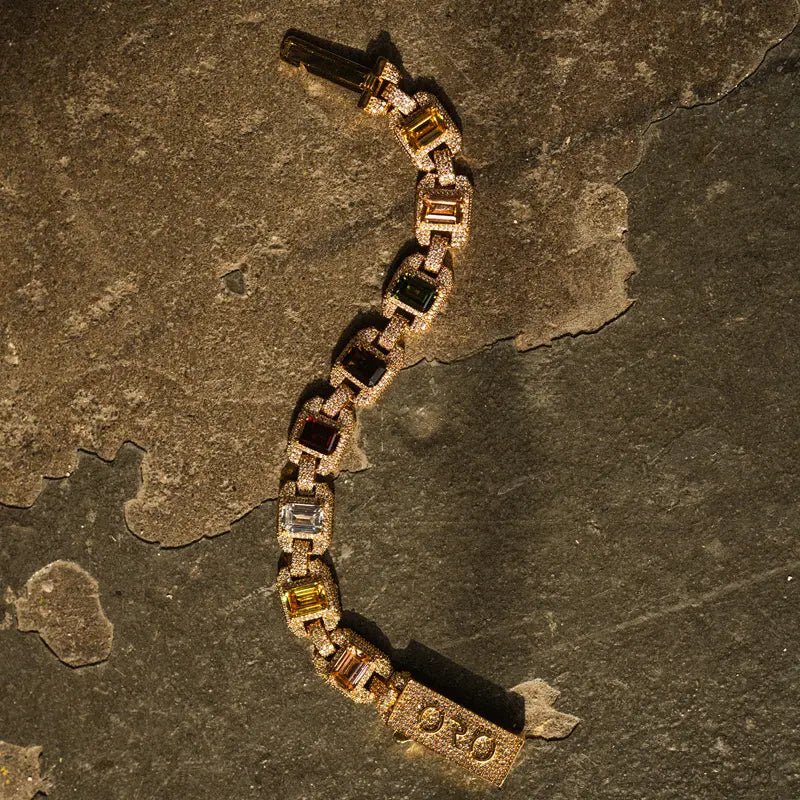
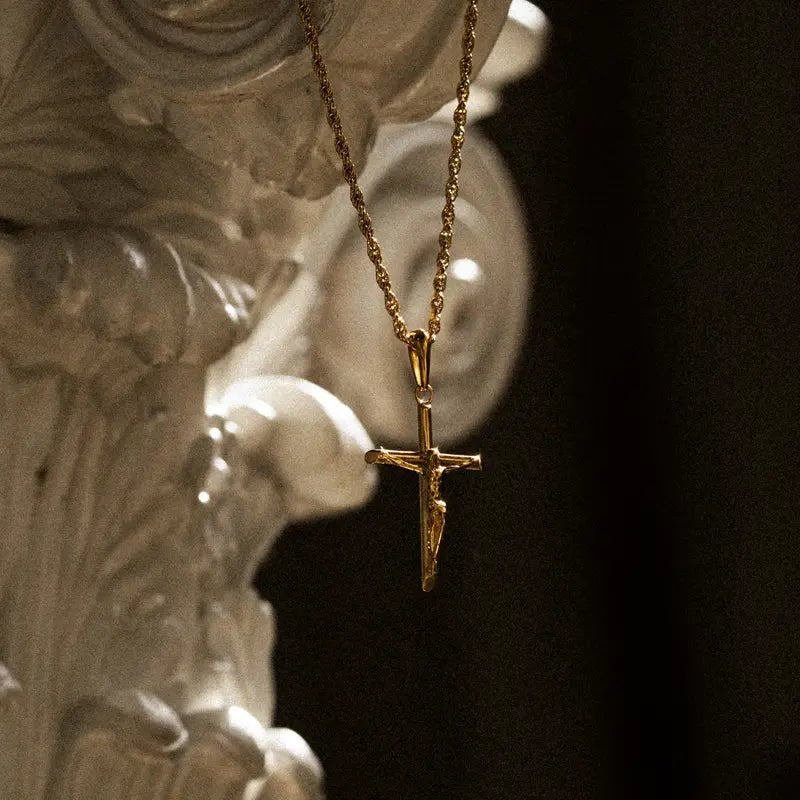



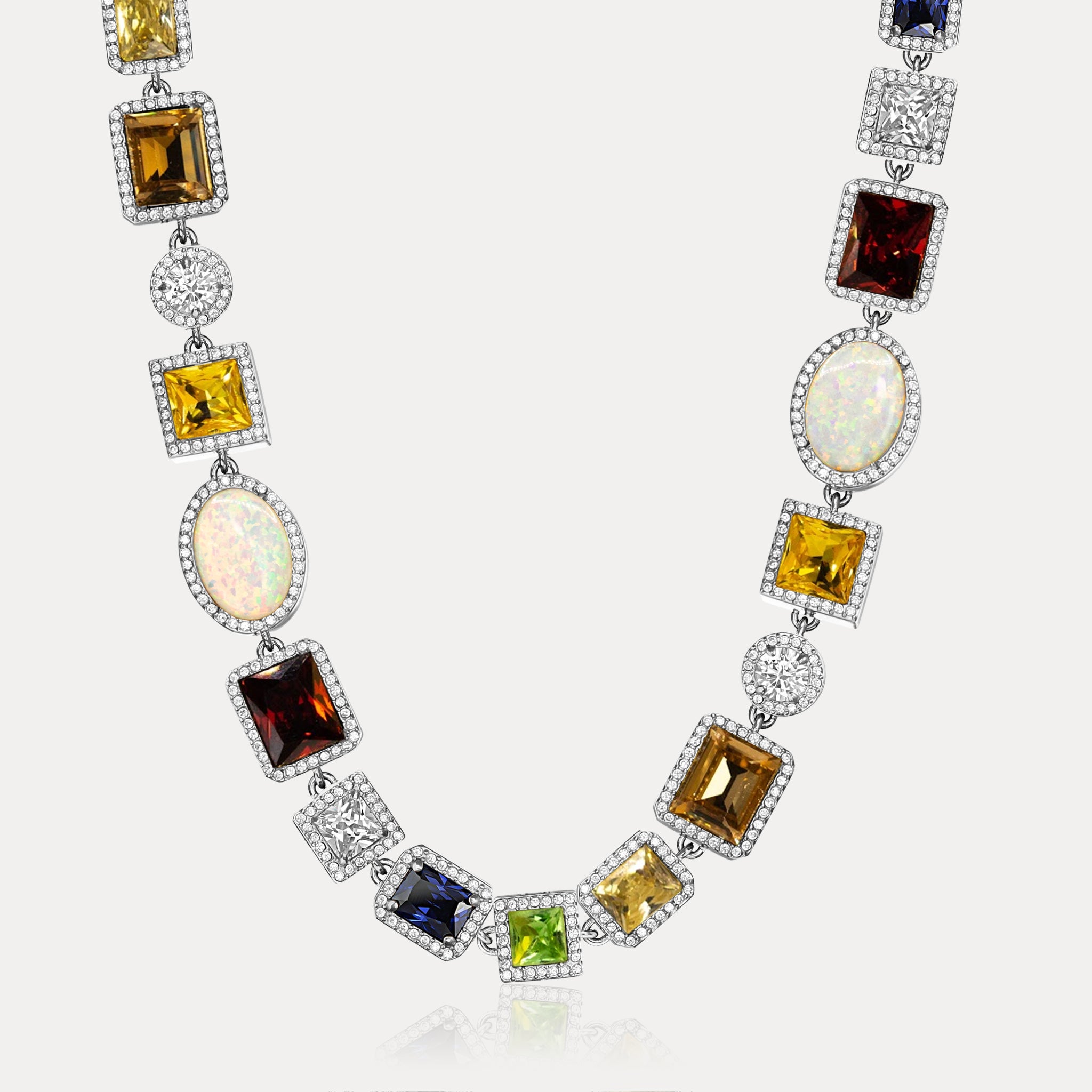
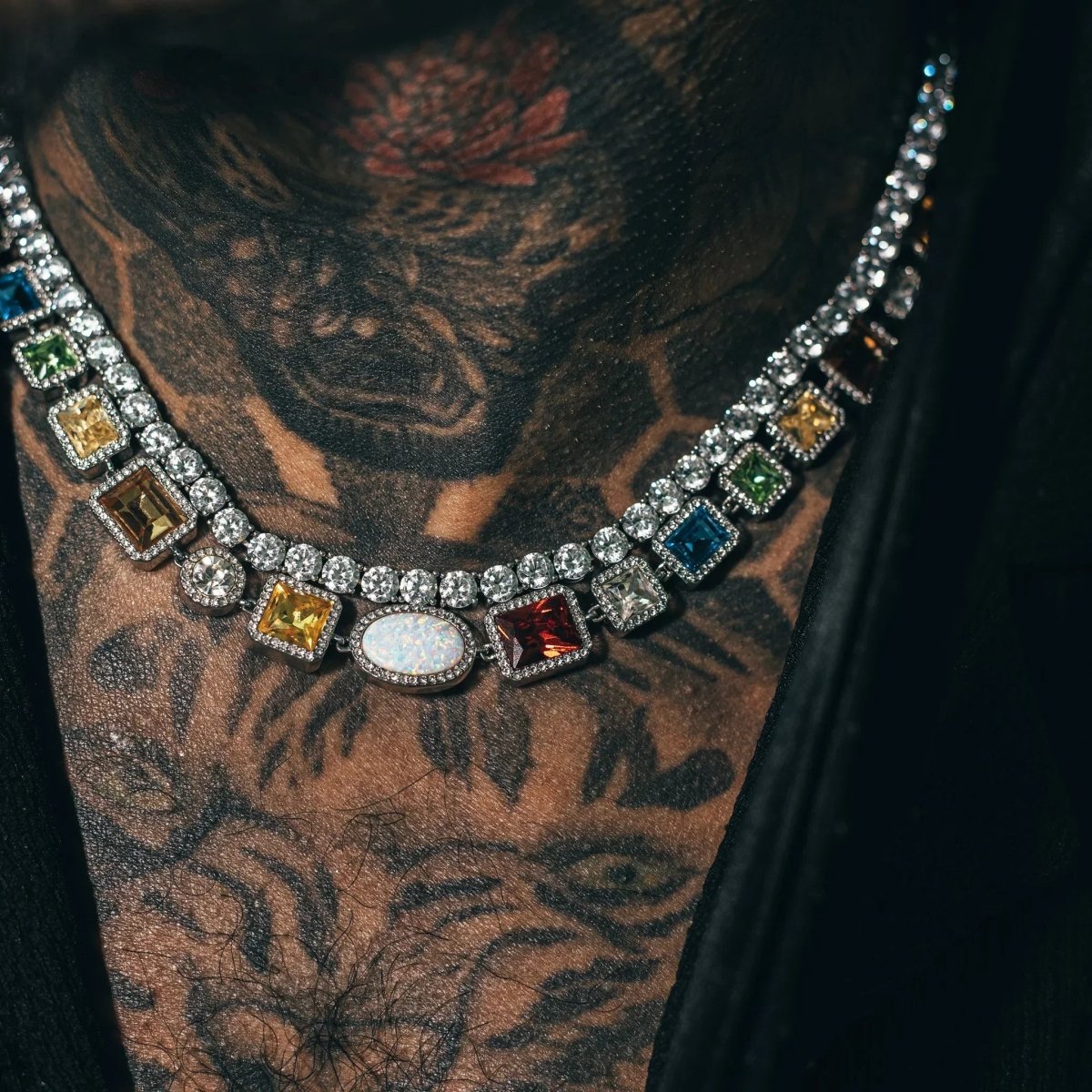
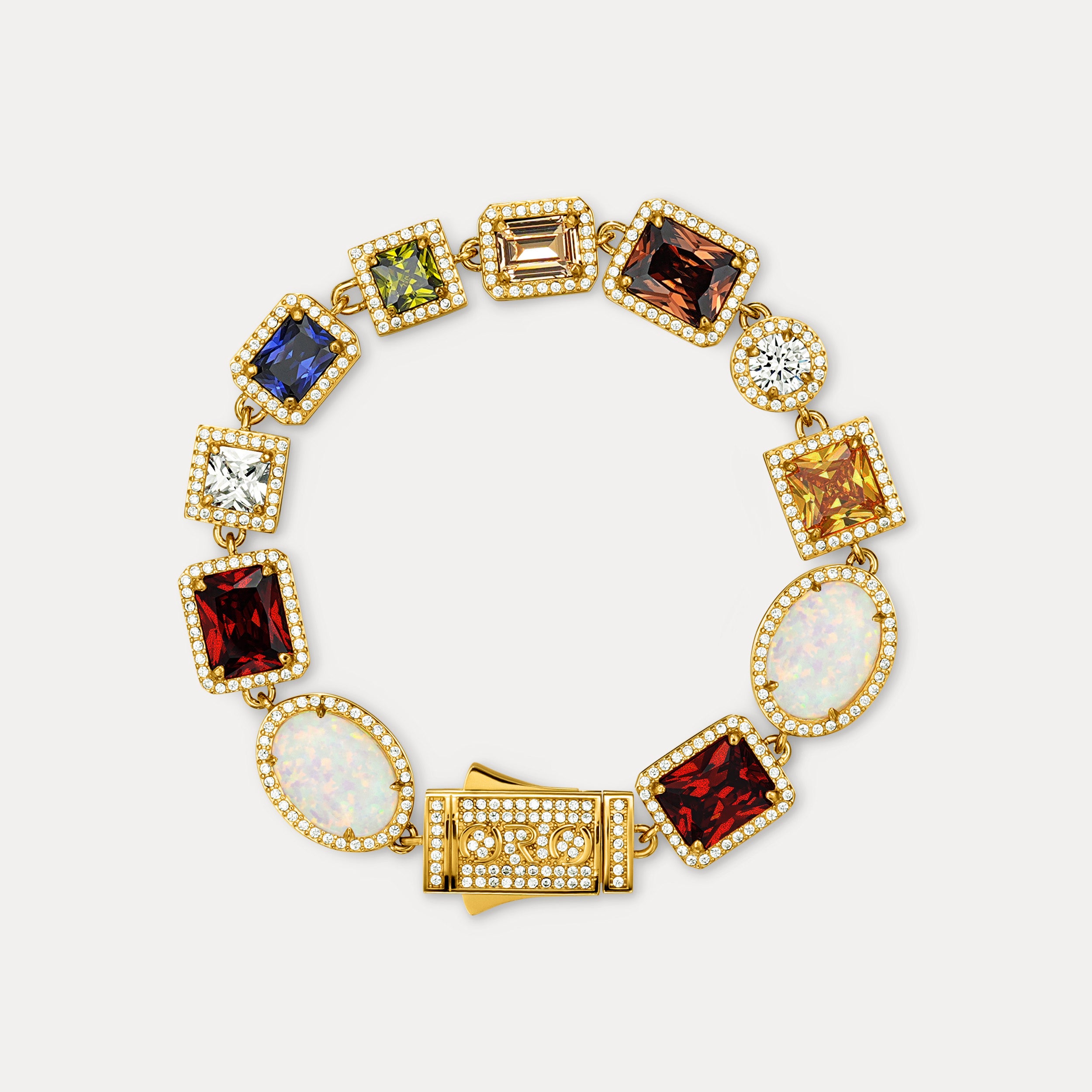

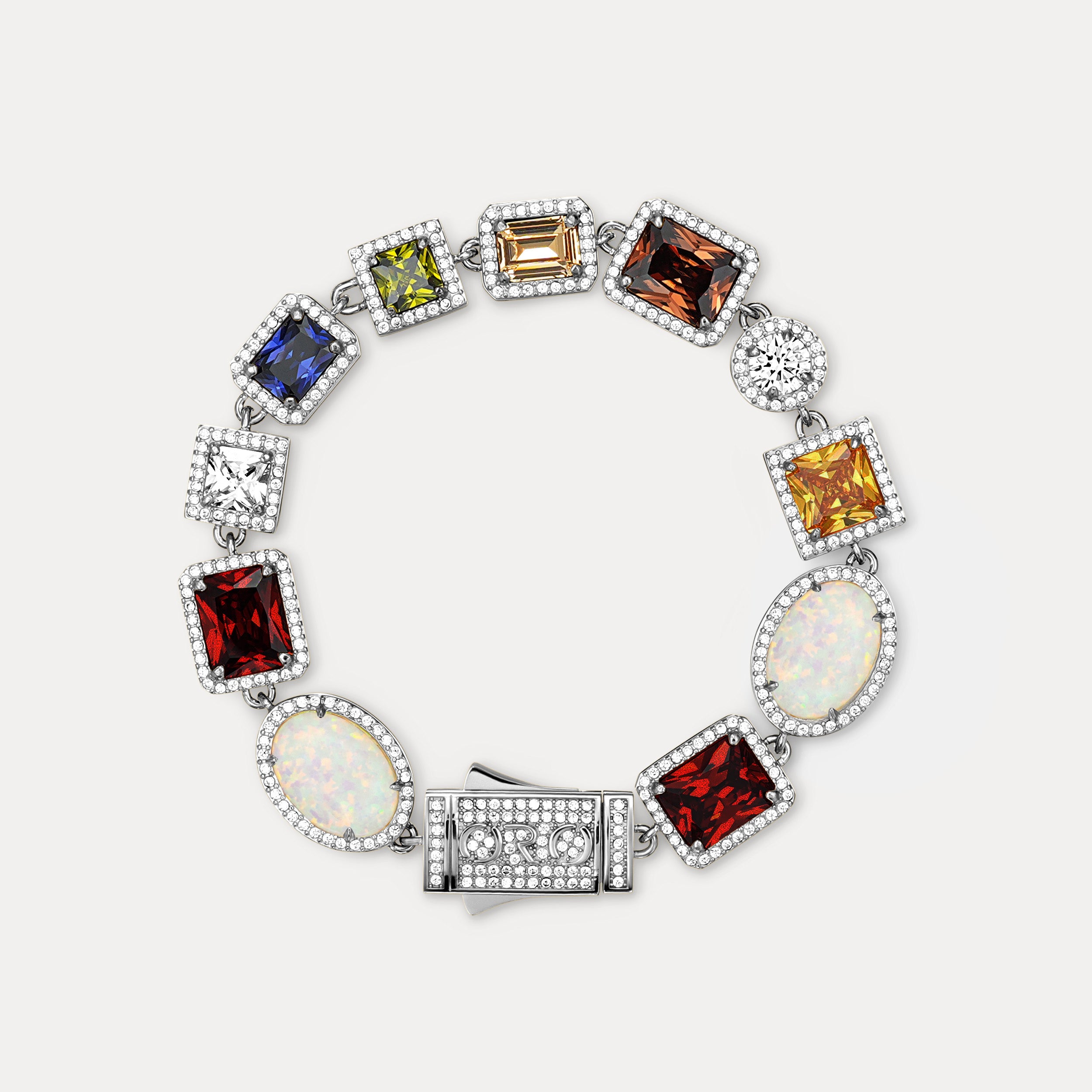
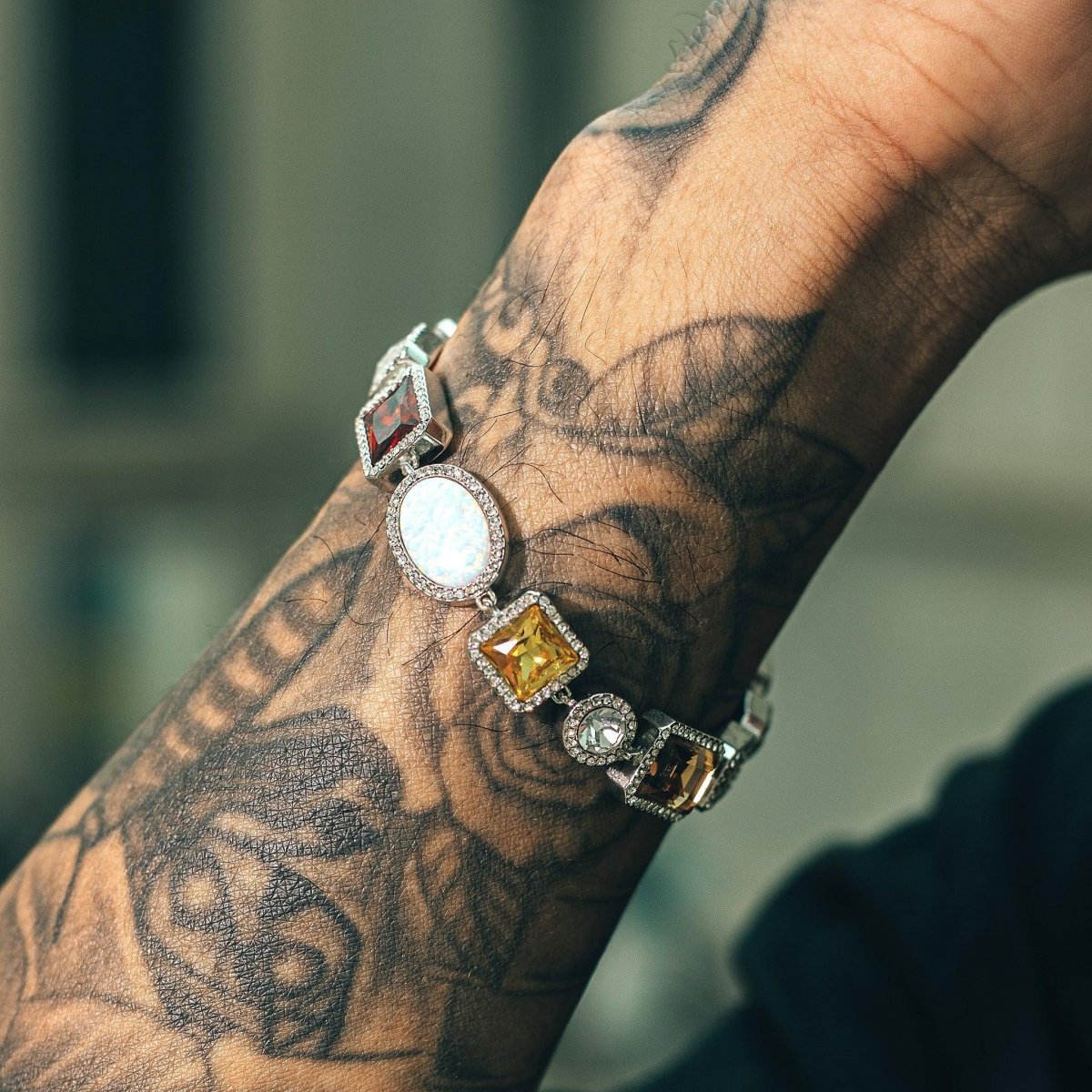
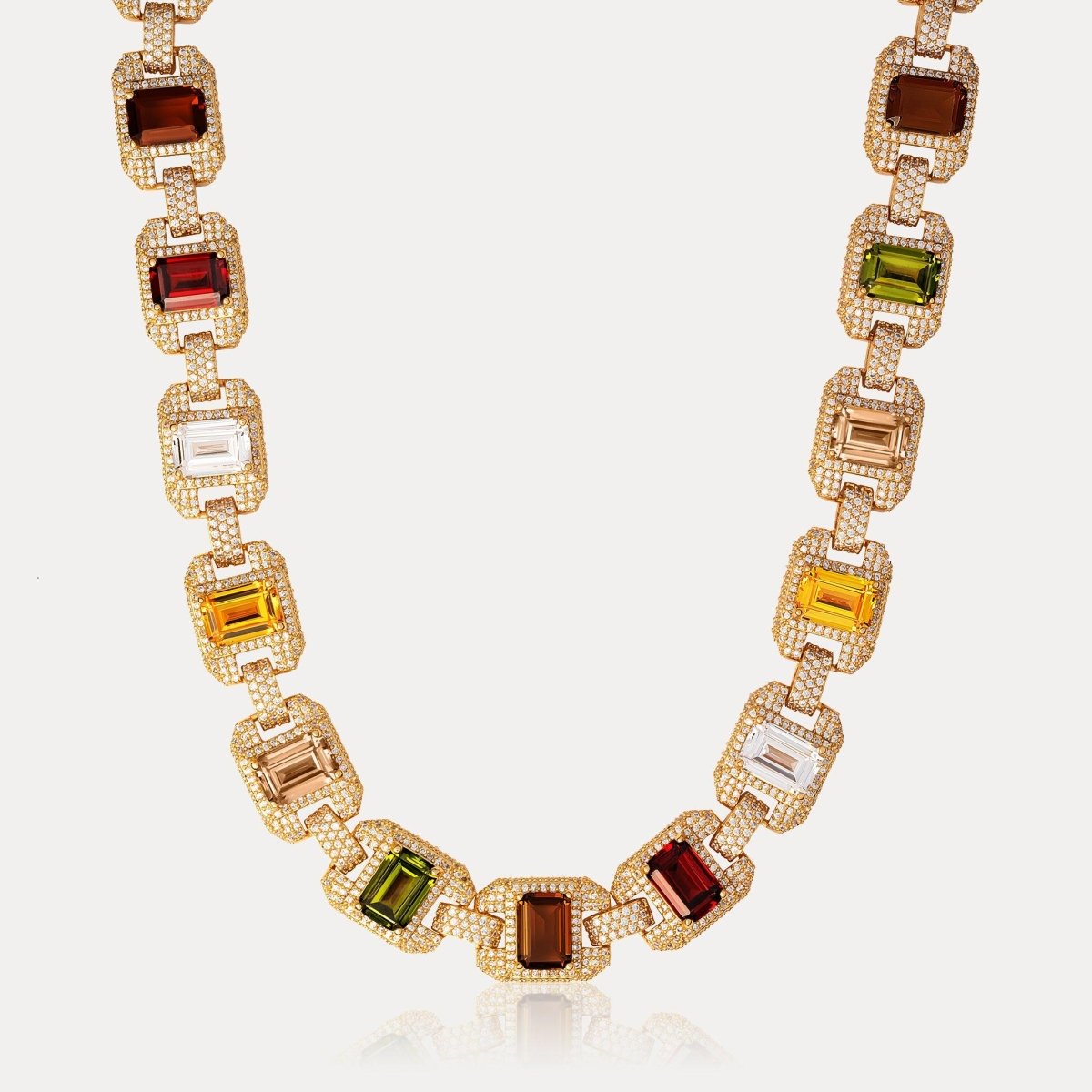
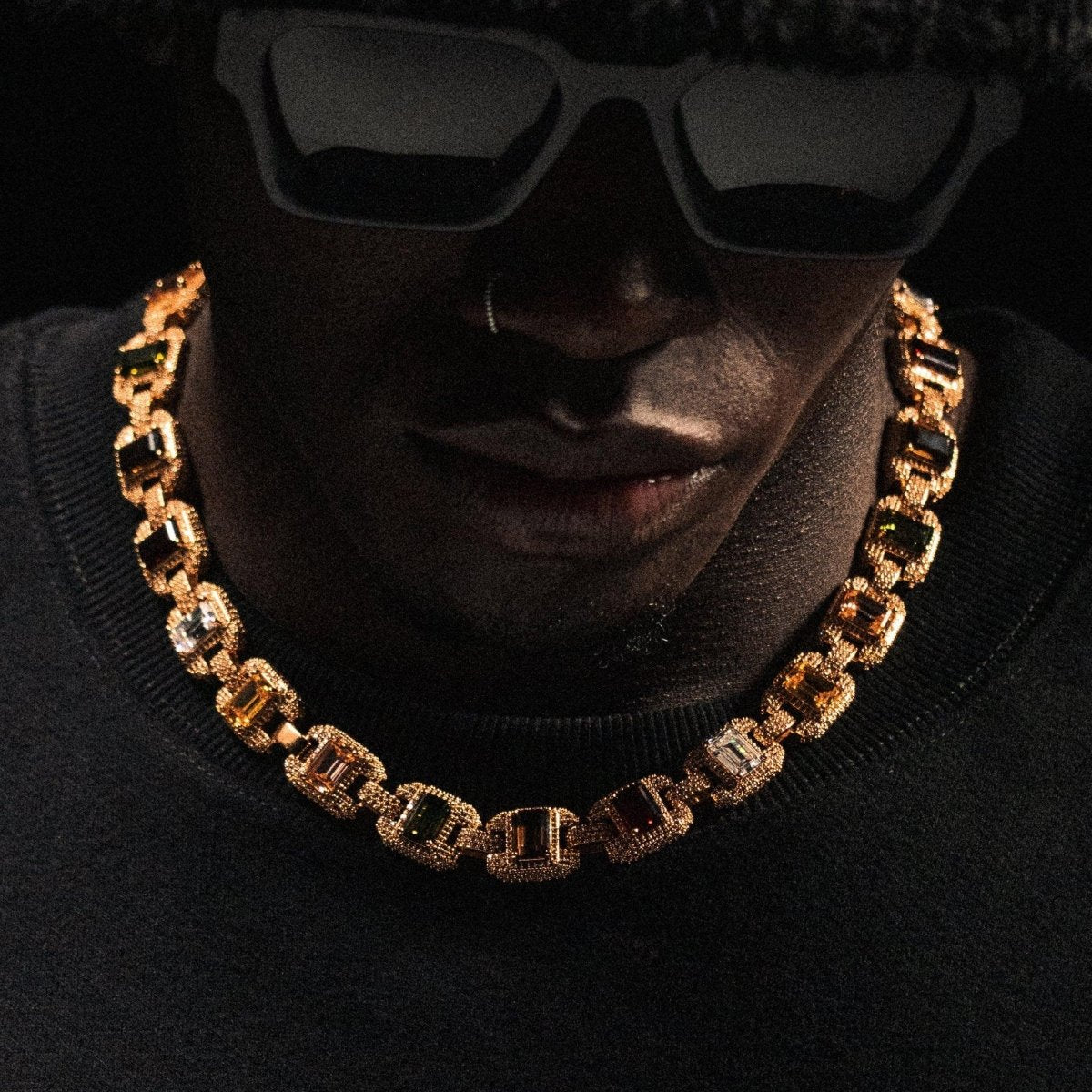


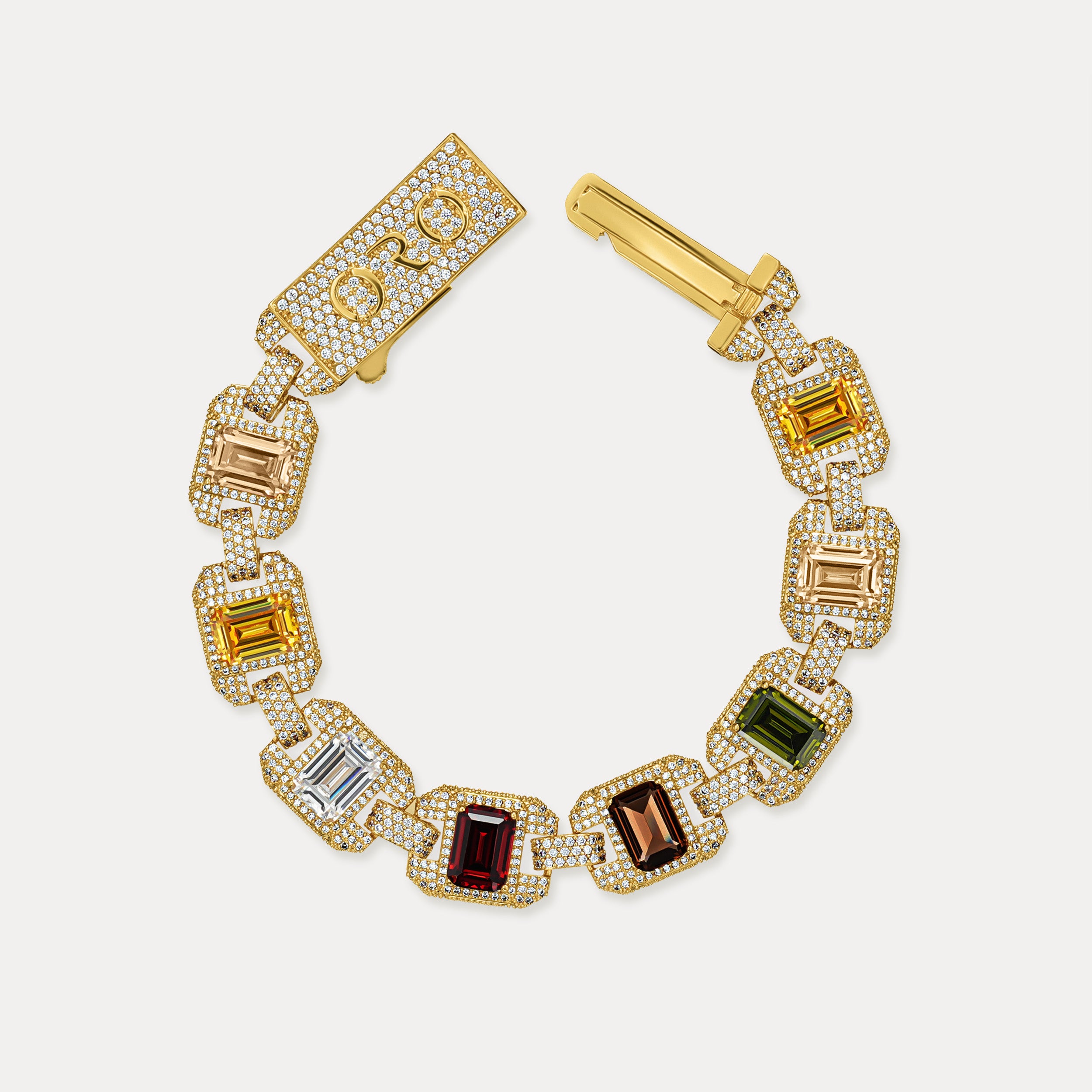

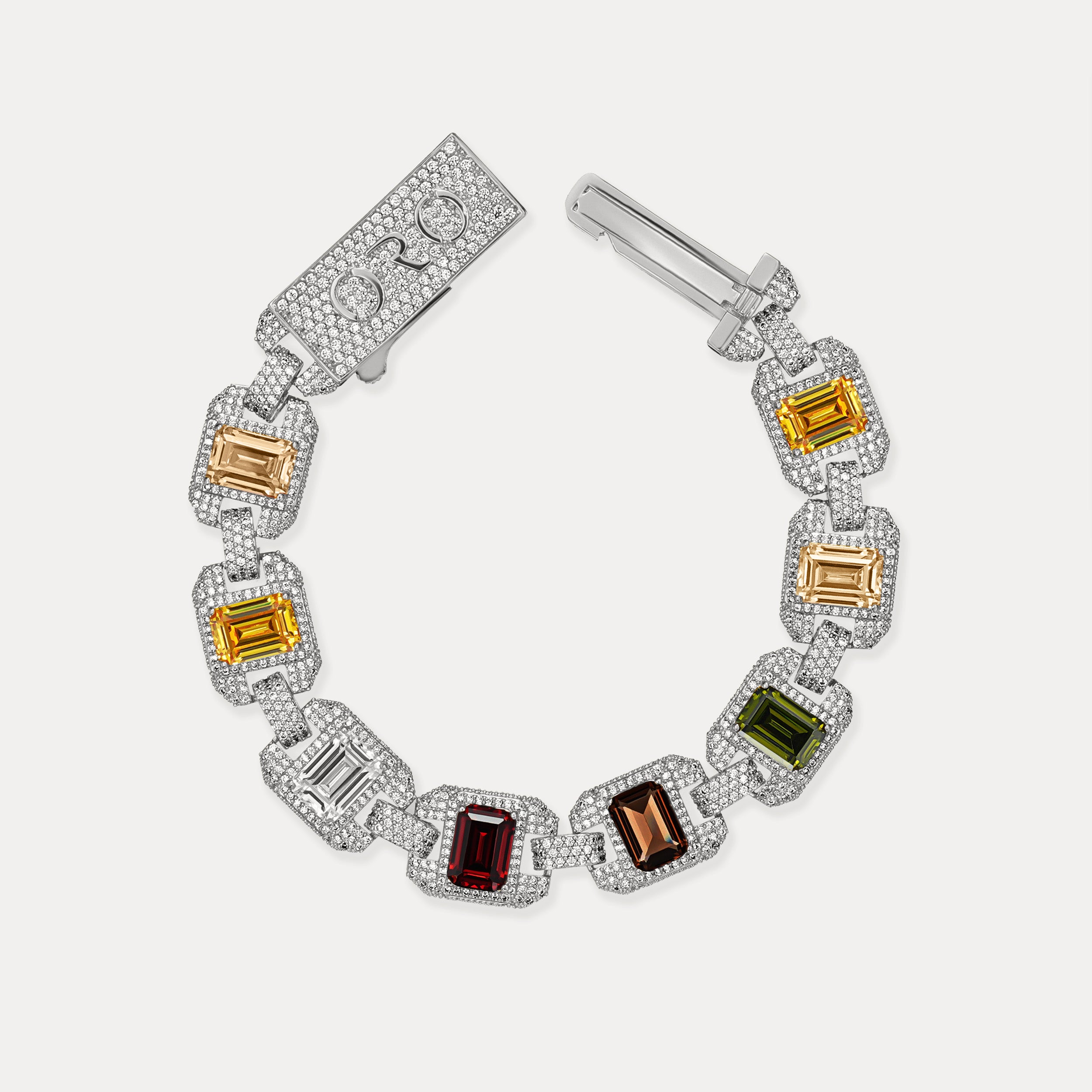

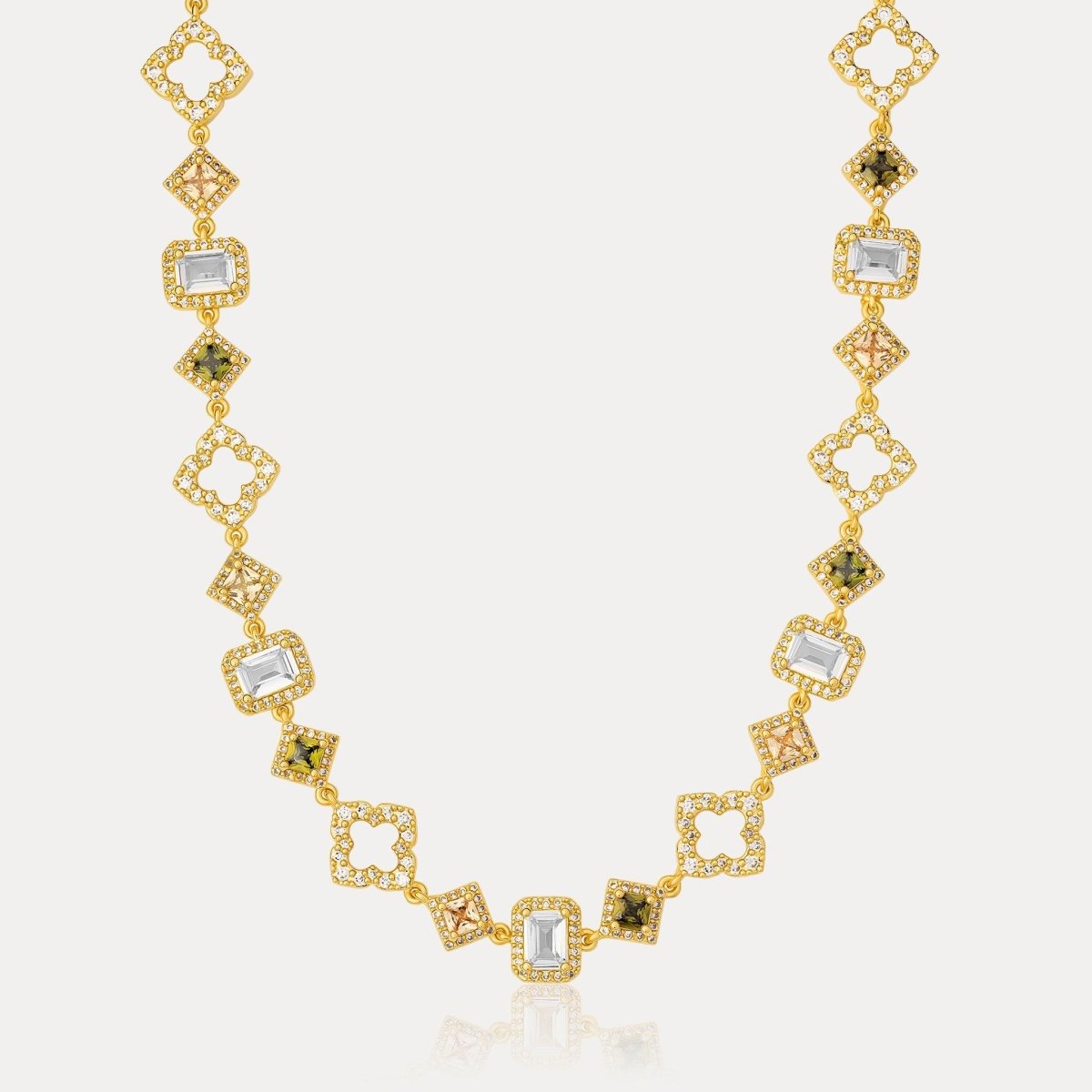
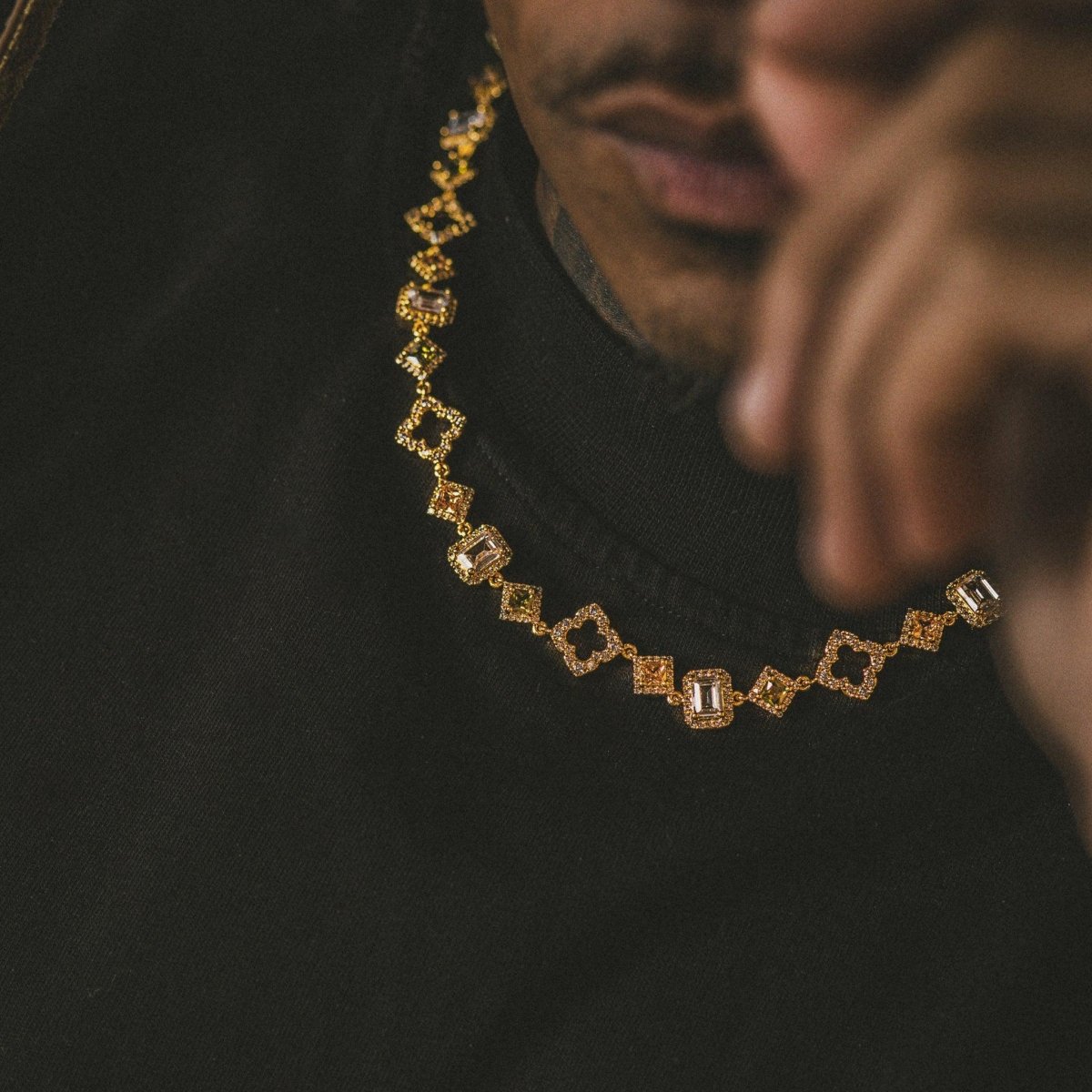
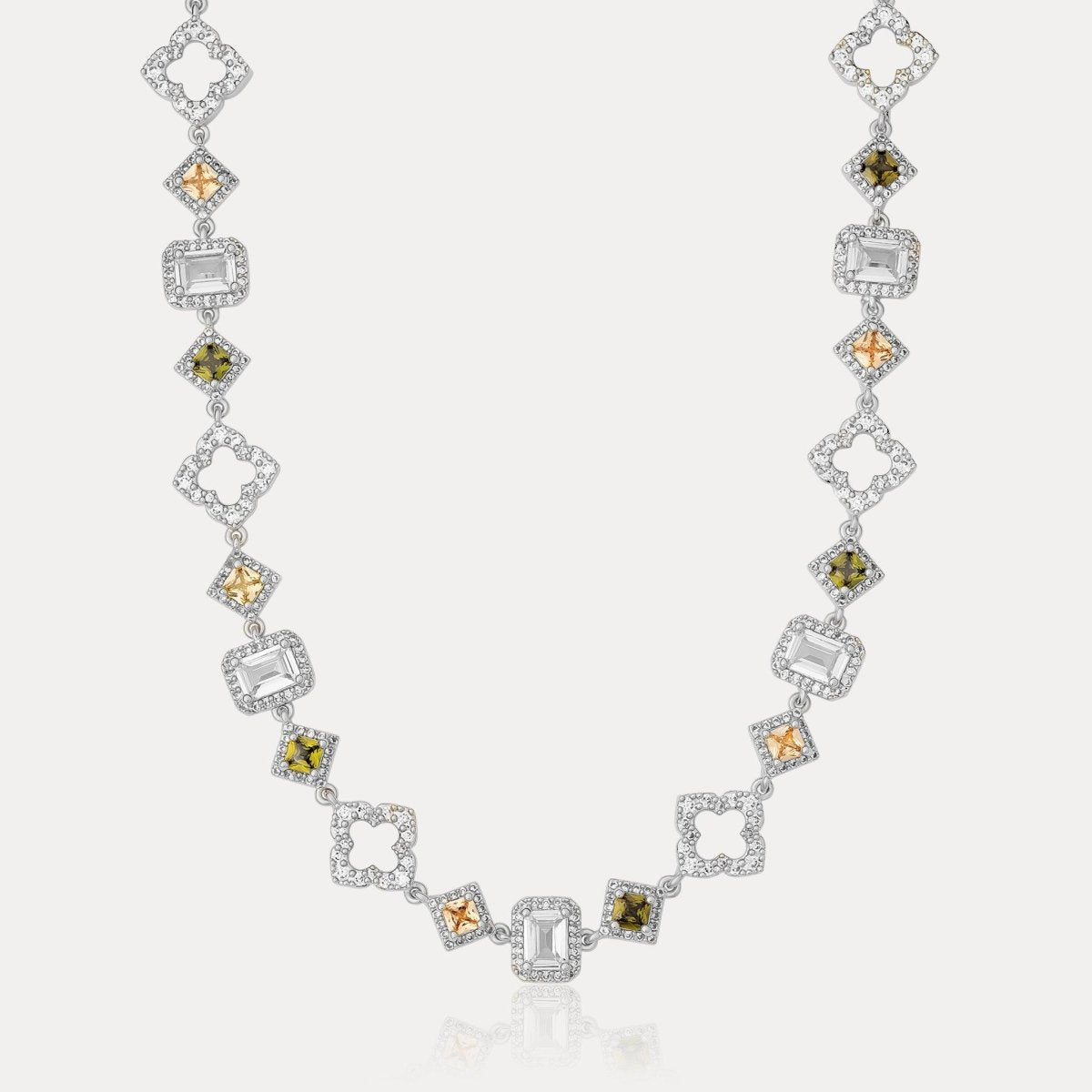


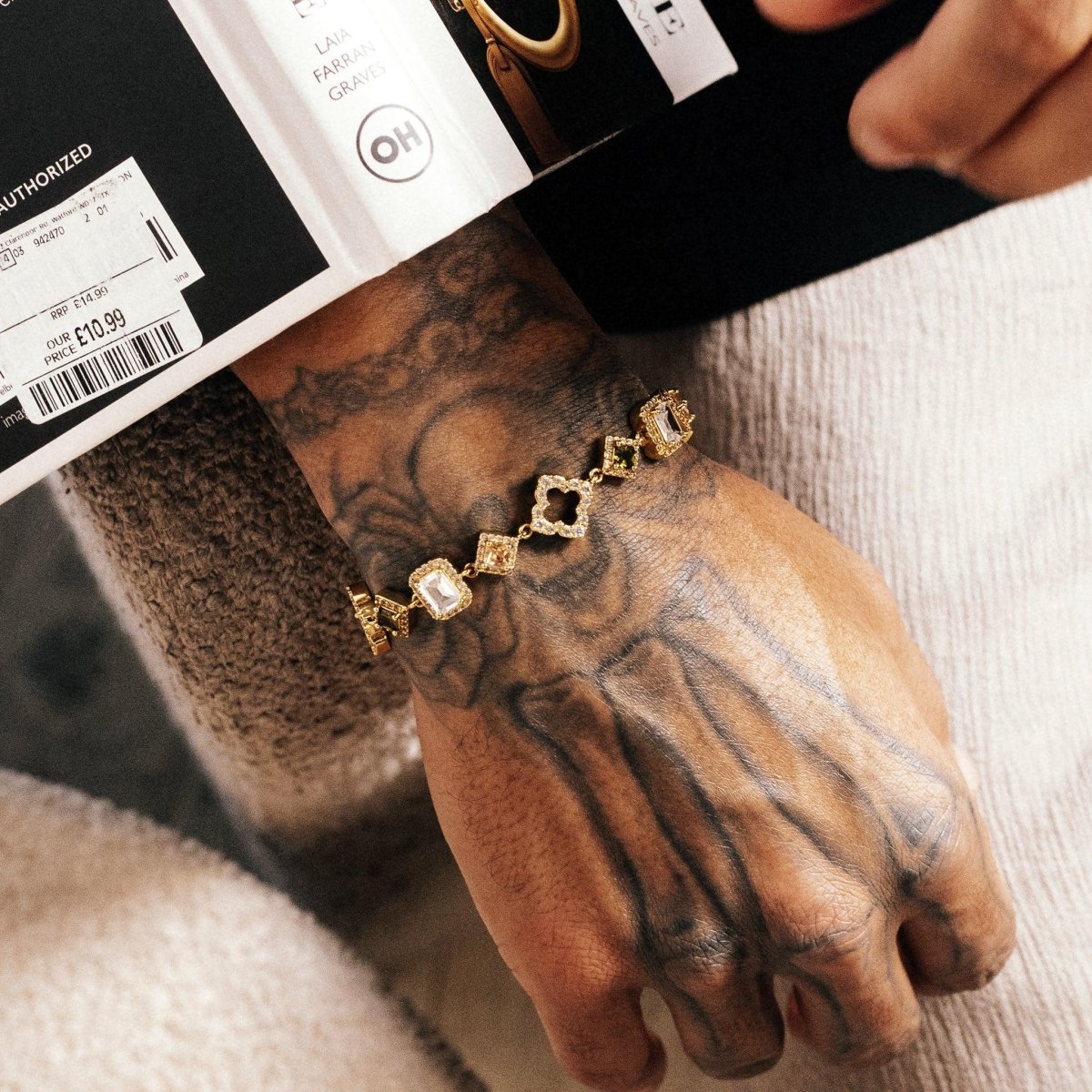

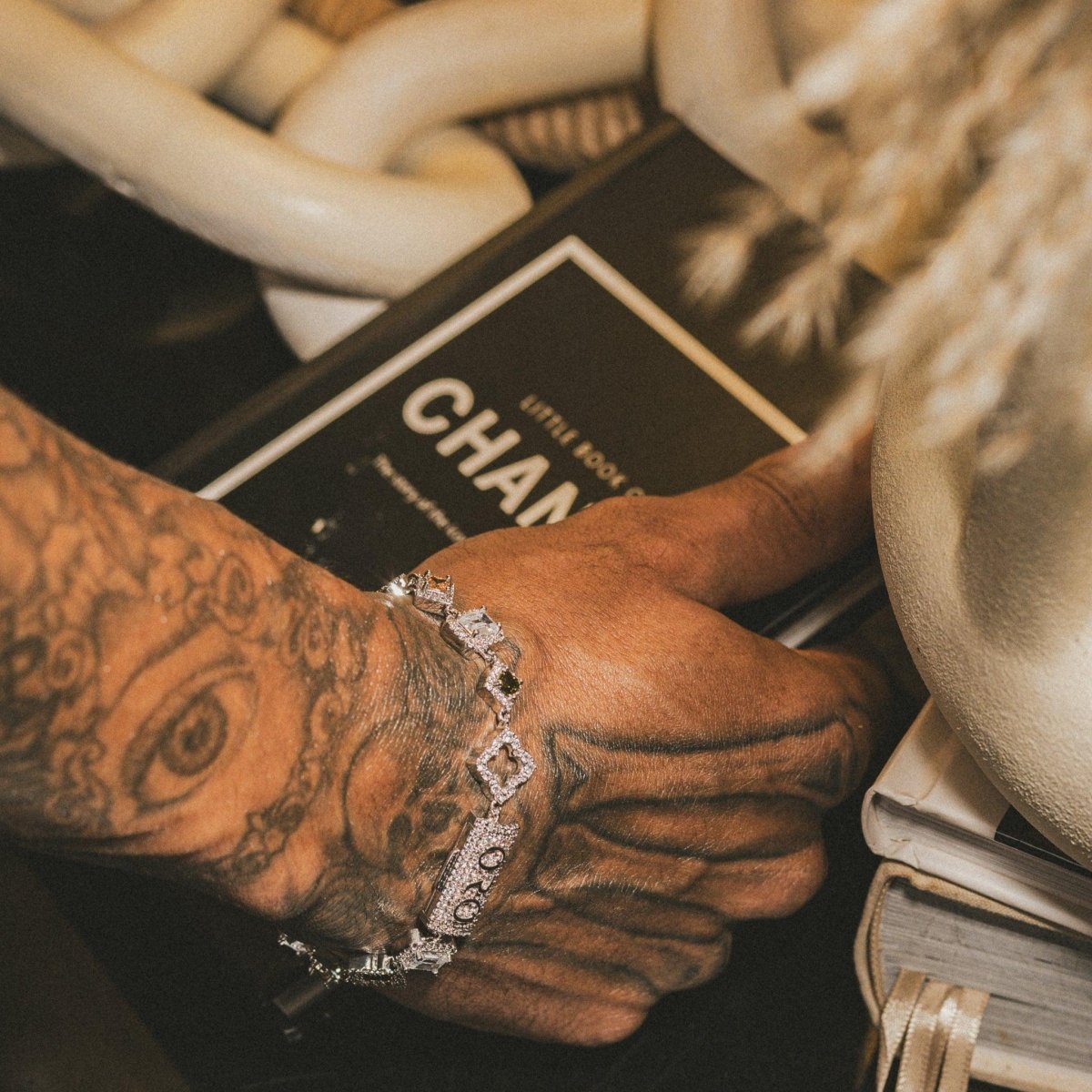
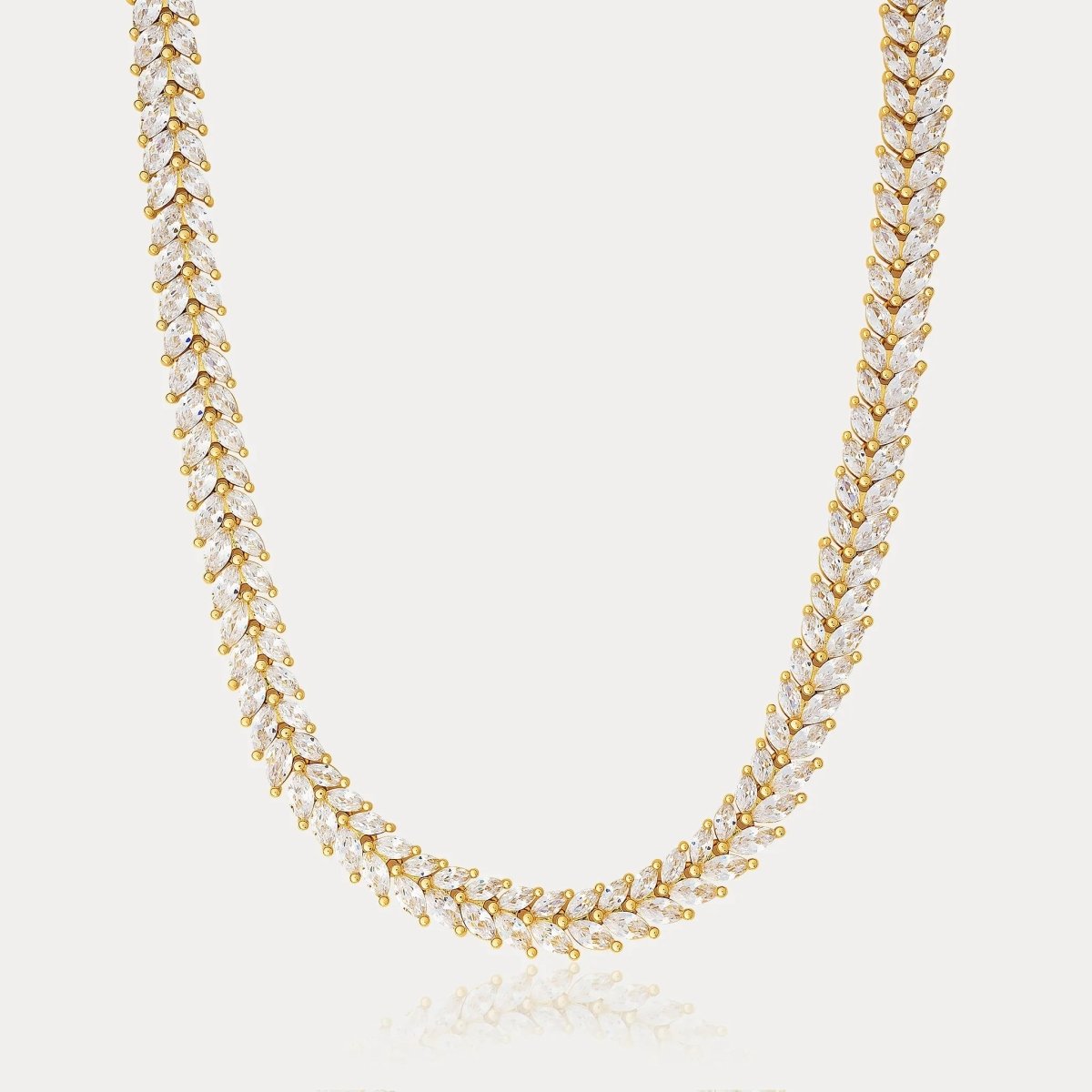
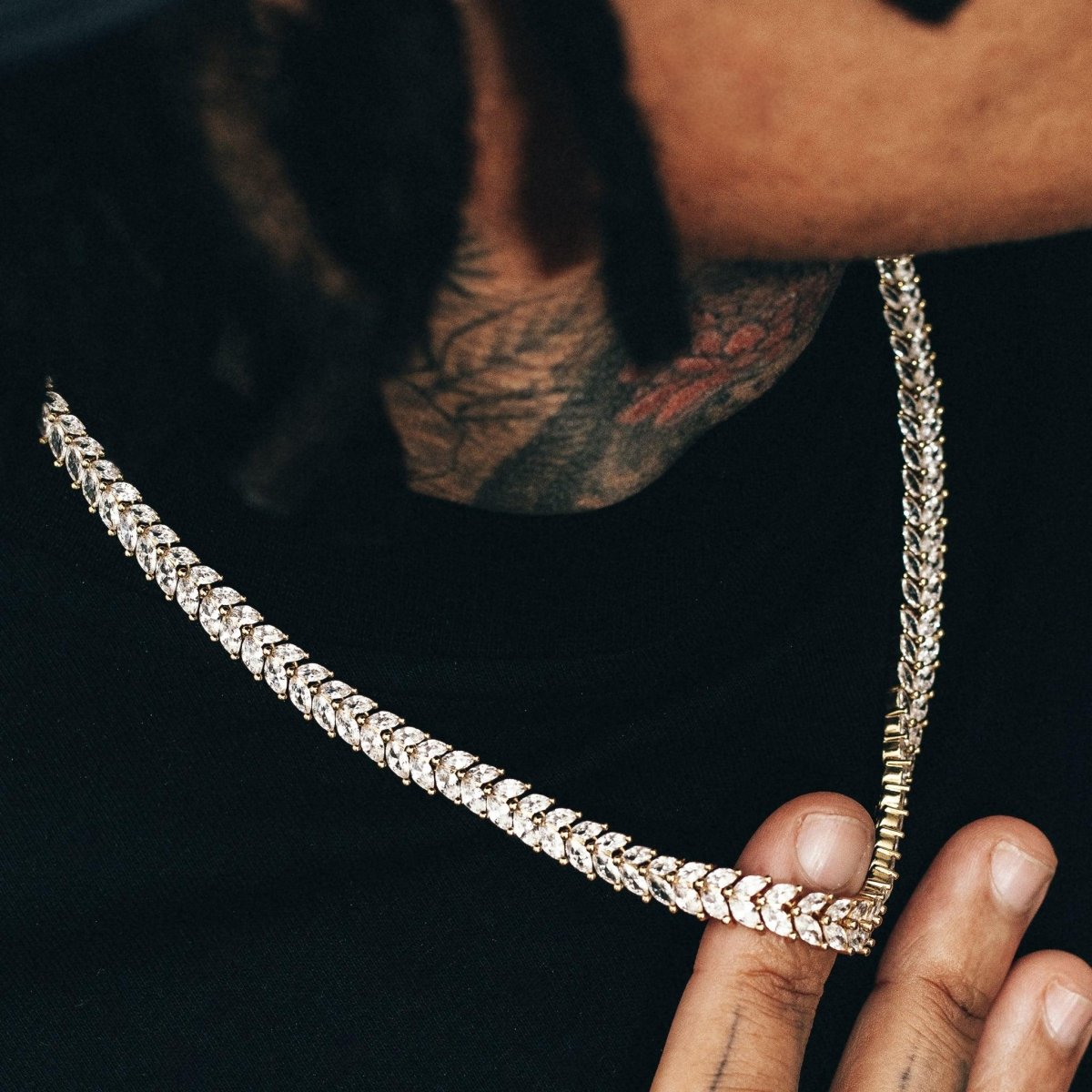
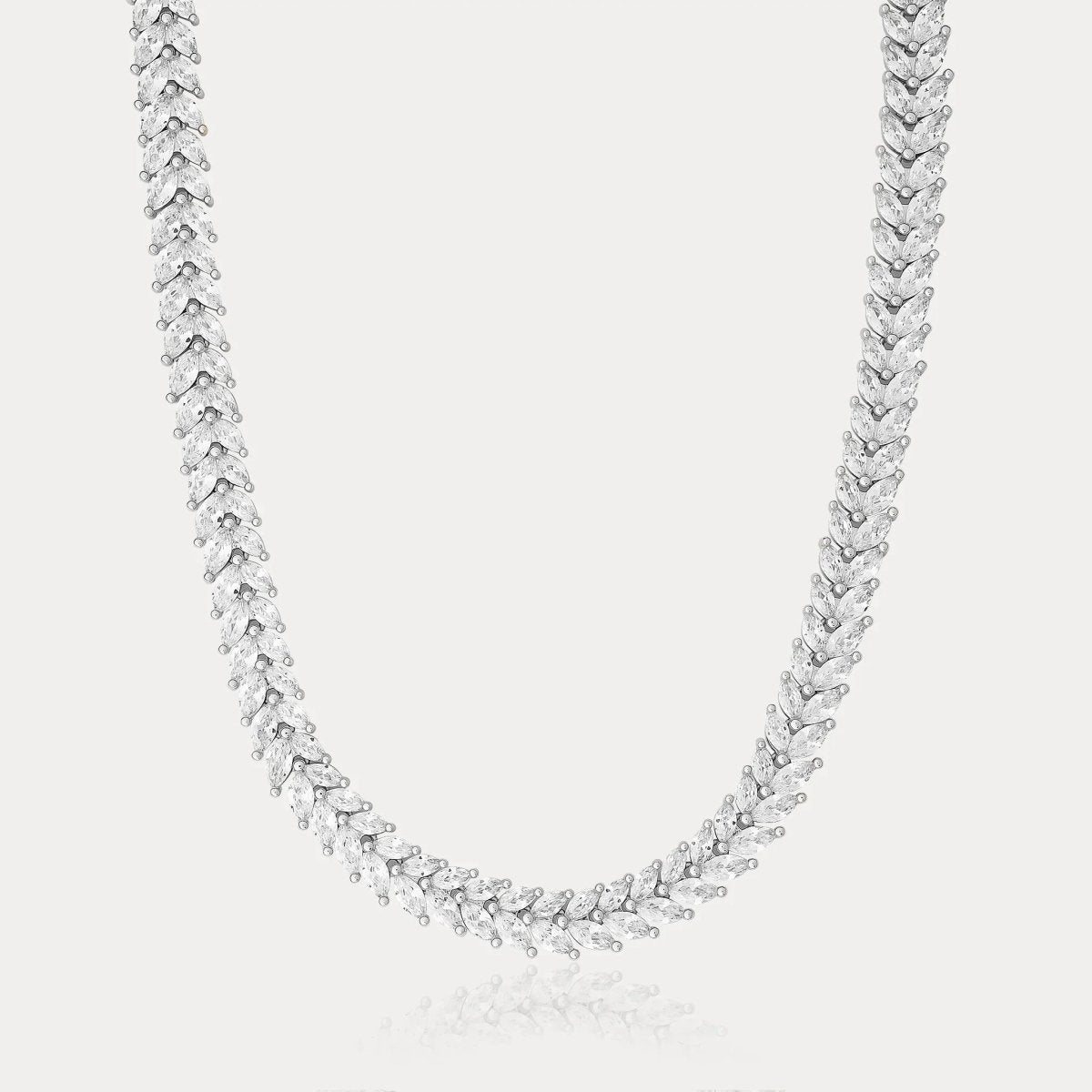

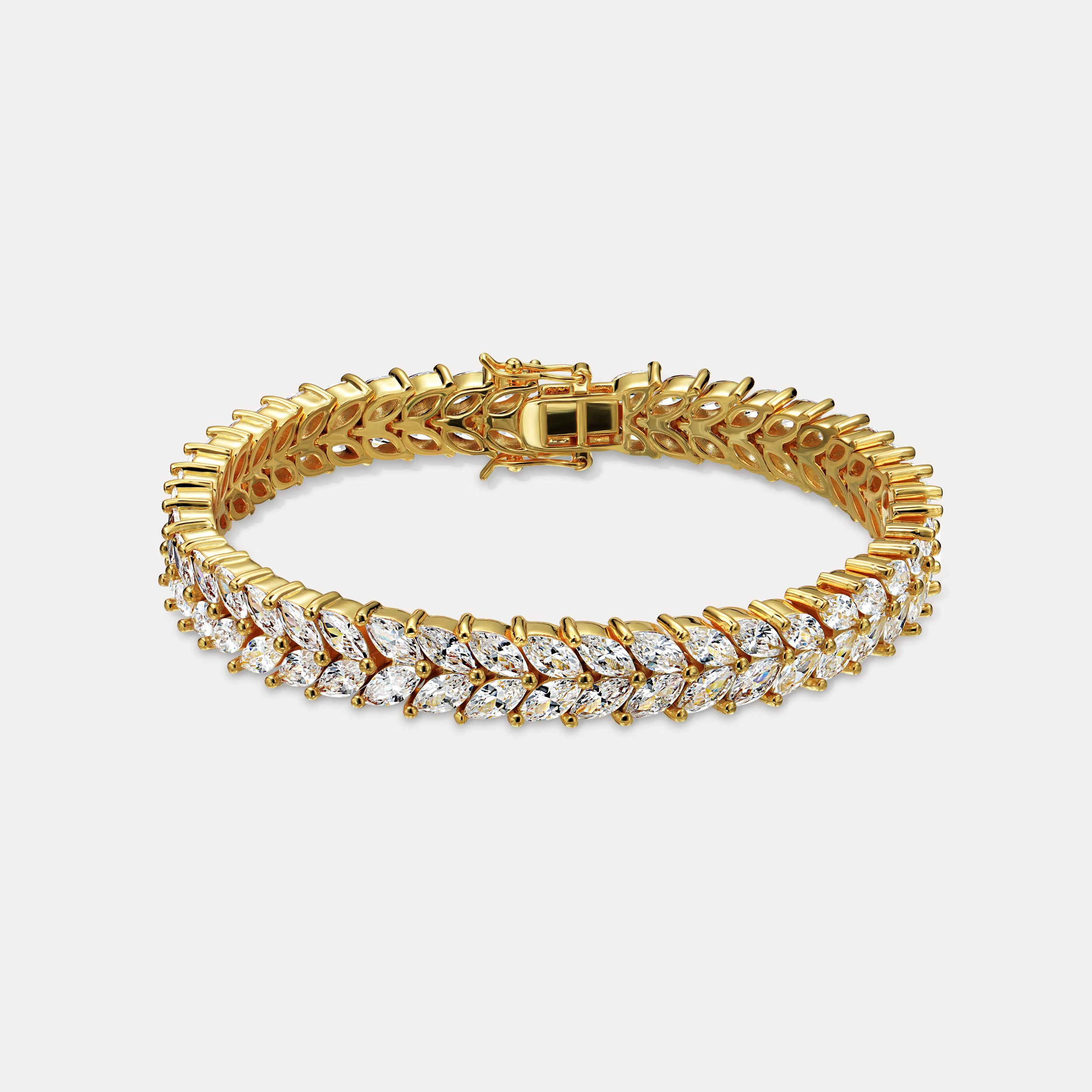

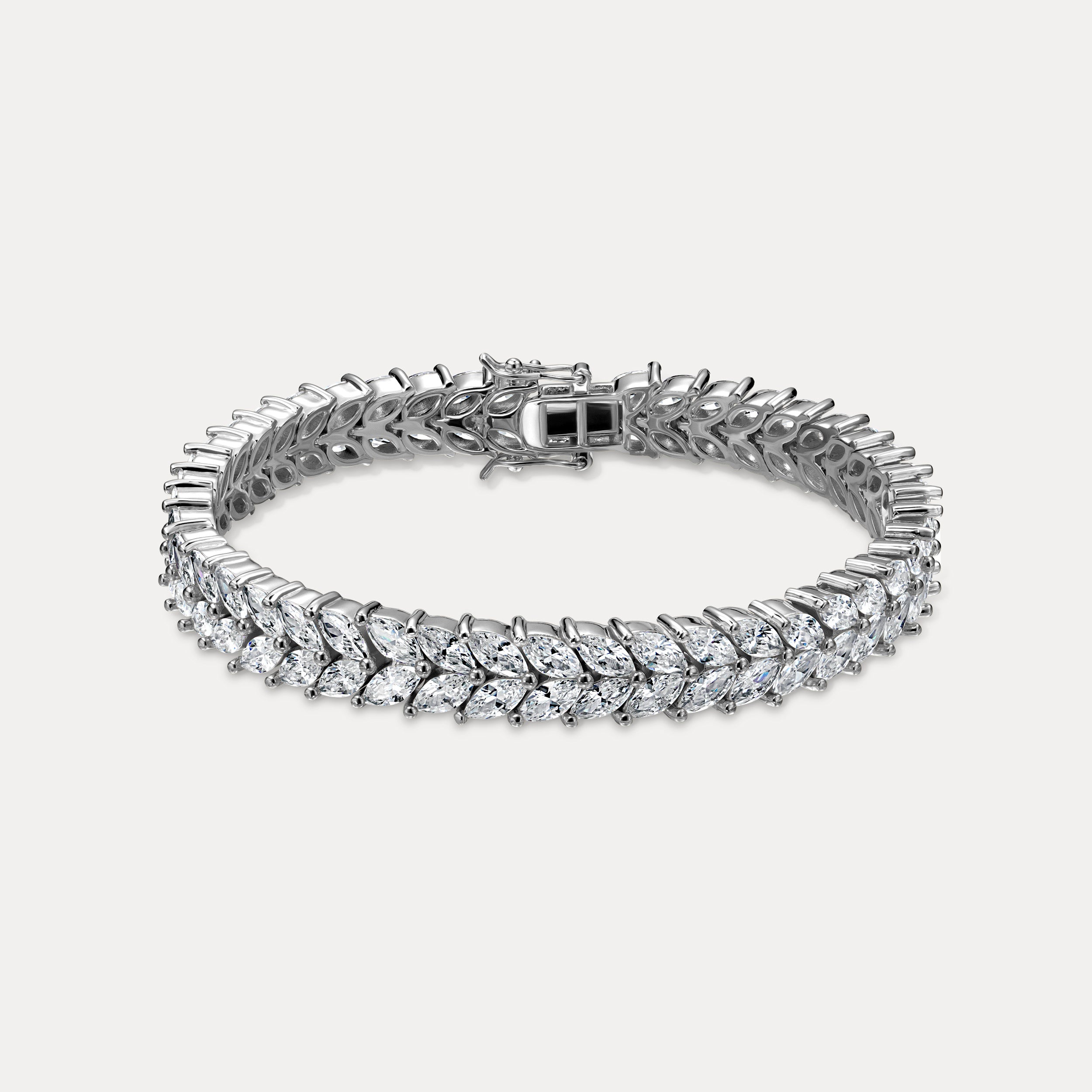
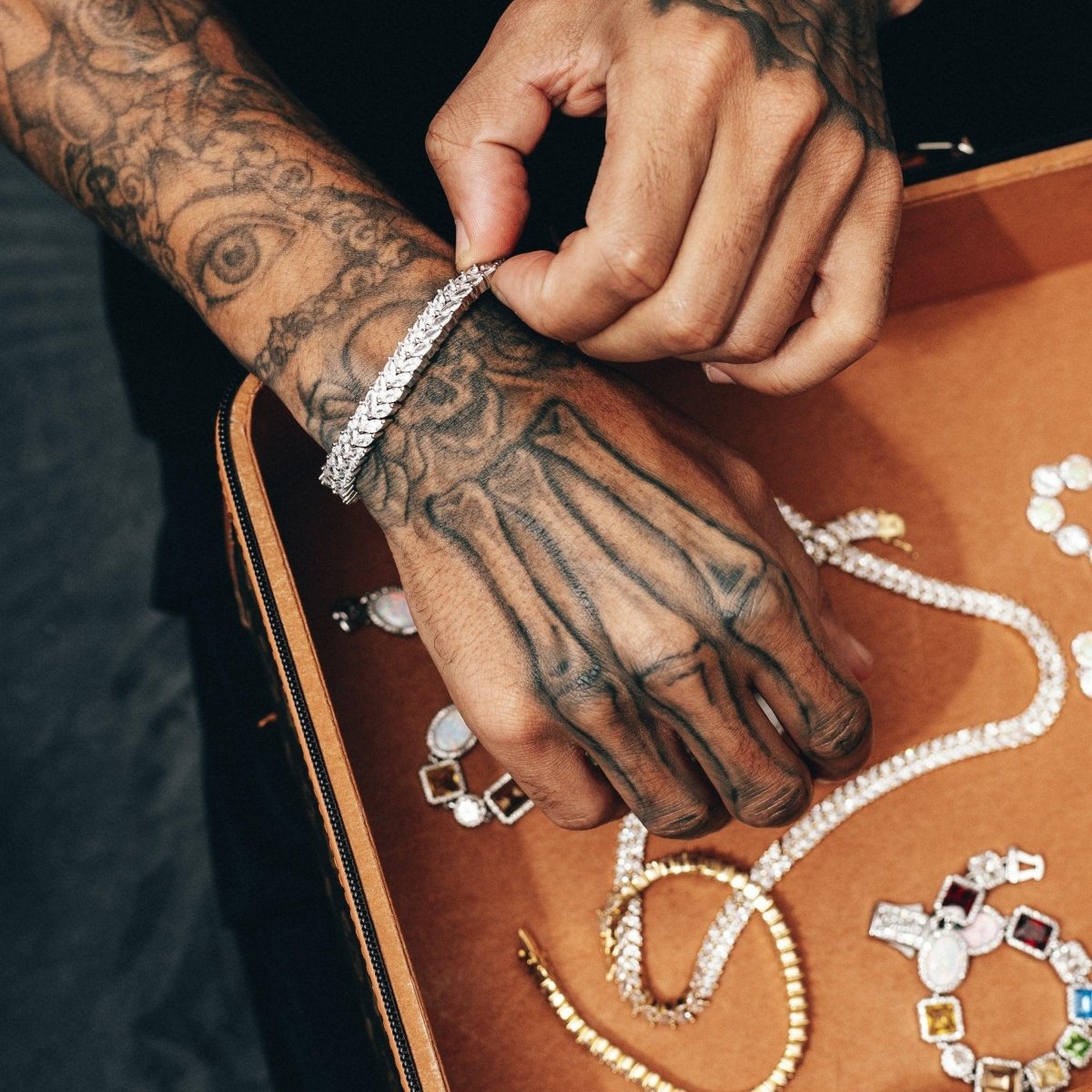
Leave a comment
This site is protected by hCaptcha and the hCaptcha Privacy Policy and Terms of Service apply.